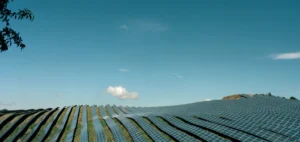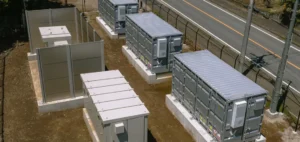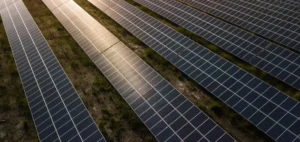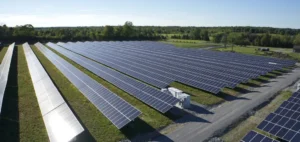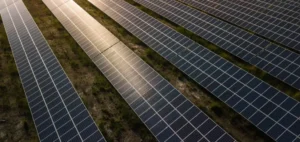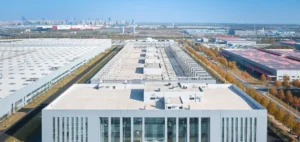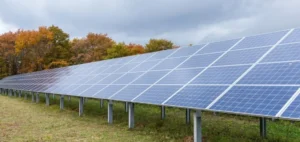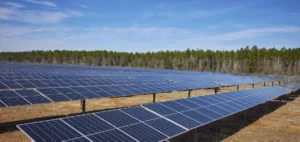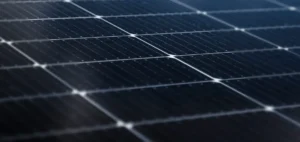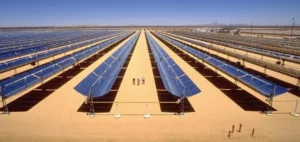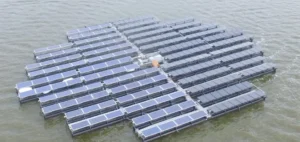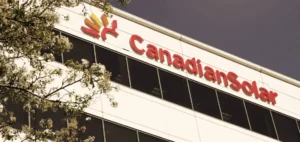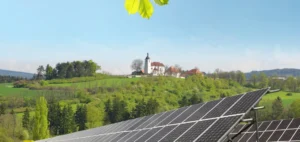Energy solutions and procurement platform Anza supported the acquisition of over 2 gigawatts (GW) of solar modules in the first eight months of 2025. This performance already exceeds the total volume recorded for the entire previous year. The majority of these acquisitions were made in a regulatory urgency context, aiming to secure Investment Tax Credit (ITC) benefits and avoid upcoming tariff increases.
A surge driven by regulatory constraints
Between June and August, Anza enabled 15 clients to quickly execute contracts with 11 different manufacturers for a total exceeding 1.2 GW. This activity was in anticipation of new Foreign Entity of Concern (FEOC) rules, set to take effect on January 1, 2026, which will limit project eligibility for the ITC and drastically reduce sourcing options.
The “One Big Beautiful Bill Act”, passed in July 2025, accelerated deadlines. The law mandates that projects must start construction before July 4, 2026, or be placed in service by December 31, 2027, to qualify for the ITC. This was followed by a presidential executive order directing the Treasury Department to tighten safe harbor criteria, further compressing timelines and increasing compliance pressure.
Significant savings and shortened procurement cycles
Faced with these constraints, Anza streamlined the entire supply chain. The company reduced procurement cycles to under two weeks, with delivery timelines meeting regulatory requirements. In one case, a 150 megawatt (MW) module replacement preserved original engineering while avoiding redesign costs, resulting in $3mn in capital expenditure savings and ensuring full FEOC compliance.
In another instance, during a tariff pause in April 2025, Anza coordinated the purchase of 18 megawatt-hours (MWh) of storage in just seven days, cutting eight weeks of schedule risk. These actions allowed clients to meet critical financing and commissioning deadlines.
A structured response to market risks
The rapid changes in the regulatory and commercial landscape have reinforced Anza’s role as a strategic partner for developers looking to de-risk their projects. Since early 2025, the company has anticipated political and trade uncertainties with pre-emptive procurements. These included acquisitions ahead of the new presidential administration and during the Southeast Asia anti-dumping and countervailing duties measures adopted in 2024.
With more than 8.4 GW of supported projects to date, Anza continues to deliver services in an unstable environment where timeline compliance, cost control and regulatory alignment determine solar project viability.



